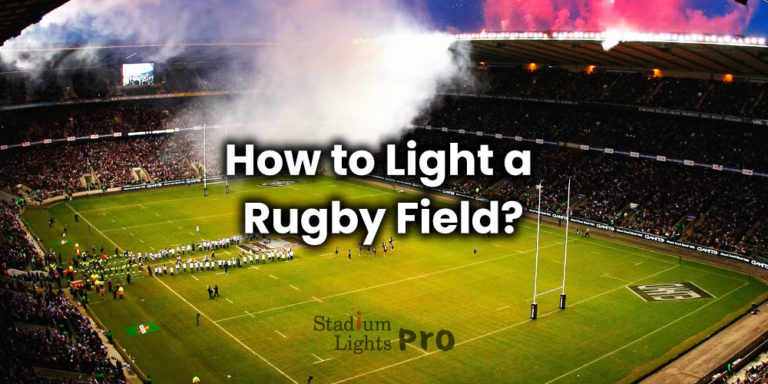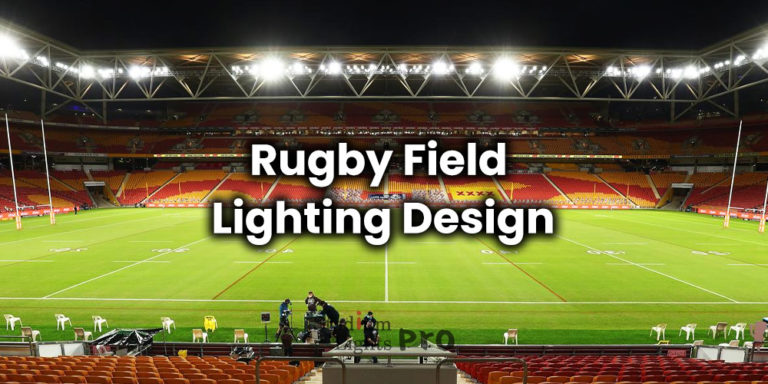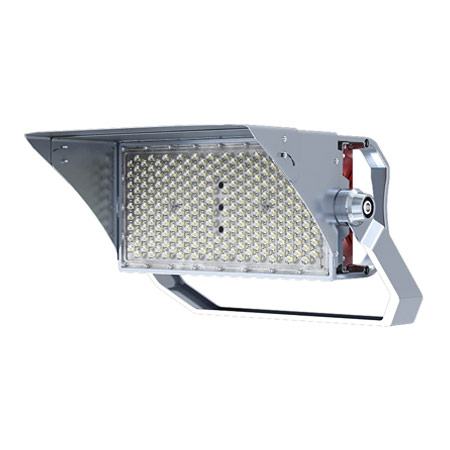
Rugby Pitch Lighting
Welcome to our page on rugby pitch lighting! Here, you will find a wealth of information on how to design and implement effective lighting for your rugby pitch.
Lighting is essential for any sporting event, but it is especially crucial for rugby. The game requires fast, continuous action, and players need to be able to see the ball and each other clearly in order to perform at their best. Poor lighting can lead to accidents, injuries, and subpar gameplay.

In this page, we will cover the key considerations for lighting a rugby pitch, including the placement and intensity of lights, the types of fixtures to use, and how to ensure that the lighting meets the necessary safety and performance standards. We will also discuss how to maintain and troubleshoot your lighting system to keep it in top condition.
Whether you are building a new rugby field or looking to upgrade the lighting at an existing one, this blog will provide you with the knowledge and resources you need to create a safe and enjoyable playing environment for your players.
Contact us for a free lighting consultation
LED lighting, or light-emitting diode lighting, has become increasingly popular in a variety of sports facilities, including rugby pitches. LED lighting offers a number of benefits compared to traditional lighting systems, including energy efficiency, cost savings, and improved viewing and safety.
The use of LED lighting in sports facilities has grown in recent years as more and more organizations have recognized the benefits of this technology. In the case of rugby pitches, LED lighting can be especially beneficial due to the high intensity and duration of rugby matches. By providing a bright, evenly-lit playing surface, LED lighting can help to enhance the experience for both players and spectators.
Table of Contents
ToggleBenefits of LED lighting for rugby pitches
Energy efficiency of LED lighting compared to traditional lighting systems
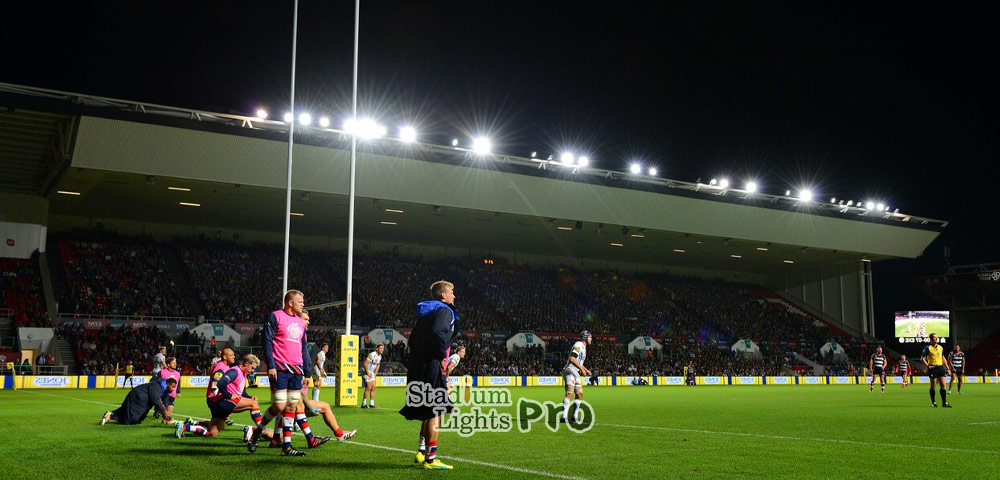
One of the key benefits of LED lighting is its energy efficiency compared to traditional lighting systems. LED lighting uses significantly less energy than traditional incandescent bulbs, halogen lamps, or metal halide lamps, which can result in significant energy savings for sports facilities that switch to LED lighting. In fact, LED lighting can use up to 75% less energy than traditional lighting systems, making it an environmentally-friendly choice as well.
The energy efficiency of LED lighting is due to several factors. First, LED lights are highly efficient at converting electricity into light, meaning that they produce less heat and waste less energy. LED lights are also more durable and longer-lasting than traditional bulbs, which means that they need to be replaced less frequently. This further reduces energy consumption and maintenance costs. Overall, the energy efficiency of LED lighting makes it an attractive option for sports facilities looking to reduce their energy costs and carbon footprint.
Cost savings of using LED lighting
In addition to its energy efficiency, LED lighting can also result in cost savings for sports facilities. The initial cost of LED lighting may be higher than that of traditional lighting systems, but the long-term cost savings can be significant. Because LED lights are more energy-efficient, they can help to reduce energy costs for sports facilities. Besides, LED lights have a longer lifespan than traditional bulbs, which means that they need to be replaced less frequently. This can reduce maintenance costs and the labor required for replacing bulbs.
For example, a rugby pitch that switches to LED lighting may experience cost savings in the form of lower electricity bills, as well as reduced costs for bulb replacements and maintenance. These cost savings can add up over time and can help to offset the initial investment in LED lighting. Many utilities and government organizations offer incentives and rebates for businesses that switch to LED lighting, which can further reduce the upfront costs of the transition. Overall, the cost savings of LED lighting make it an attractive option for sports facilities looking to reduce their operating expenses.
How can LED lighting improve the viewing experience for players and spectators?
LED lighting can improve the viewing experience for players and spectators in several ways. First, LED lights are highly efficient at producing bright, uniform light, which can help to create a clear and vibrant playing surface for rugby matches. This can be especially essential for high-stakes games or televised matches, where the lighting needs to be of the highest quality. Also, LED lighting can help to reduce shadows and glare on the playing surface, which can further improve visibility for players and spectators.
Another way that LED lighting can enhance the viewing experience is through its ability to be easily adjusted and controlled. Many LED lighting systems come with advanced controls that allow the brightness and color temperature of the lights to be easily adjusted. This can be useful for creating different lighting effects or for adapting the lighting to different weather or time-of-day conditions. By providing a high-quality, customizable lighting experience, LED lighting can help to improve the overall enjoyment and engagement of players and spectators.
How can LED lighting enhance the safety of the rugby field?
LED lighting can enhance the safety of the rugby playing surface in several ways. First, the bright, evenly-lit playing surface created by LED lights can help to improve visibility and reduce the risk of accidents or injuries for players.
The reduced shadows and glare provided by LED rugby field lighting can further improve safety by eliminating potential distractions or disorientation for players.
LED lighting can also enhance safety by providing a more consistent and reliable lighting experience. Traditional lighting systems can suffer from problems like flickering or uneven illumination, which can be distracting or potentially hazardous for players. LED lighting, on the other hand, is known for its consistent performance and reliable illumination. This can help to create a safer and more predictable playing environment for players.
Case Study: Twickenham Stadium Lighting
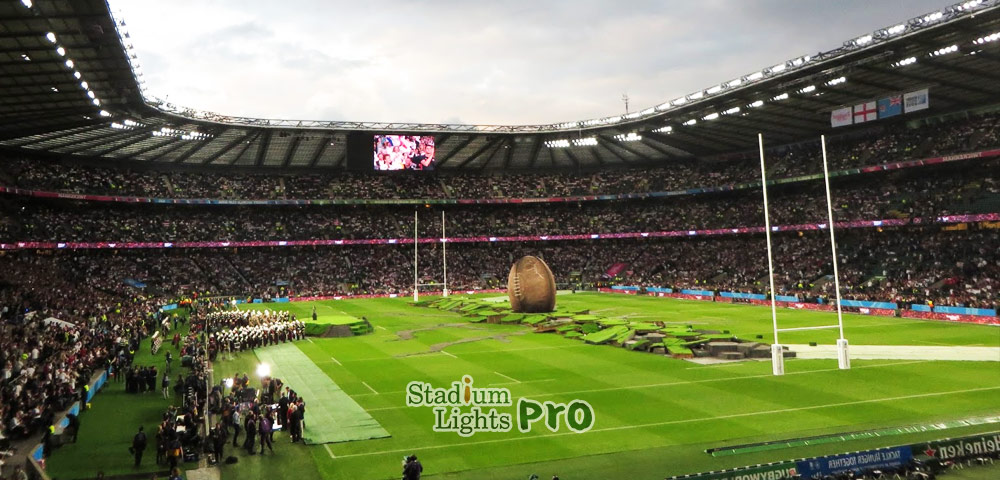
Twickenham Stadium, home of the England national rugby team, recently installed LED lighting as part of a major renovation project. The stadium had previously used traditional metal halide lighting, which was outdated and inefficient. The switch to LED lighting has brought a number of benefits for the stadium.
First, the LED lighting has significantly reduced energy consumption at the stadium. The LED lights use 75% less energy than the metal halide lights they replaced, which has resulted in significant cost savings for the stadium. Also, the LED lights have a longer lifespan than the metal halide lights, which means that they need to be replaced less frequently. This has further reduced maintenance costs and labor.
The LED lighting has also improved the viewing experience for players and spectators. The bright, even illumination provided by the LED lights has created a vibrant and clear playing surface, which has enhanced the overall enjoyment of the game. The LED lights have reduced shadows and glare on the playing surface, which has improved visibility and safety for players.
The switch to LED lighting has been a success for Twickenham Stadium. The energy efficiency and cost savings of LED lighting, combined with the improved viewing experience and safety, have made it a valuable investment for the stadium.
Benefits and results experienced by Twickenham Stadium
Reduced energy consumption
The LED lights used 75% less energy than the metal halide lights they replaced, resulting in significant cost savings for the stadium.
Reduced maintenance costs
The LED lights have a longer lifespan than the metal halide lights, which means that they need to be replaced less frequently. This has reduced maintenance costs and labor for the stadium.
Improved viewing experience
The bright, even illumination provided by the LED lights has created a vibrant and clear playing surface, which has enhanced the overall enjoyment of the game for players and spectators.
Improved safety
The LED lights have reduced shadows and glare on the playing surface, which has improved visibility and safety for players.
Challenges and considerations for retrofitting LED lighting in rugby pitches
| Challenges when retrofitting to LED lighting | How to overcome |
|
|
|
|
|
|
|
By working with experts and planning carefully, sports facilities can successfully transition to LED lighting and enjoy the many benefits it has to offer.
Rugby pitch lighting frequently asked questions
What is the recommended illumination level for a rugby pitch?
The International Rugby Board recommends a minimum horizontal lux level of at least 300 for professional matches, with an average horizontal lux level of 500-700. For amateur matches, the recommended minimum horizontal lux level is 200, with an average of 350-500 lux.
These recommendations are intended to provide adequate lighting for players and officials to safely and fairly conduct the game, while also providing a good viewing experience for spectators. It’s worth noting that these are just guidelines and actual lux levels may vary depending on the specific needs and constraints of a given stadium or playing field.
What type of lights should be used for a rugby pitch?
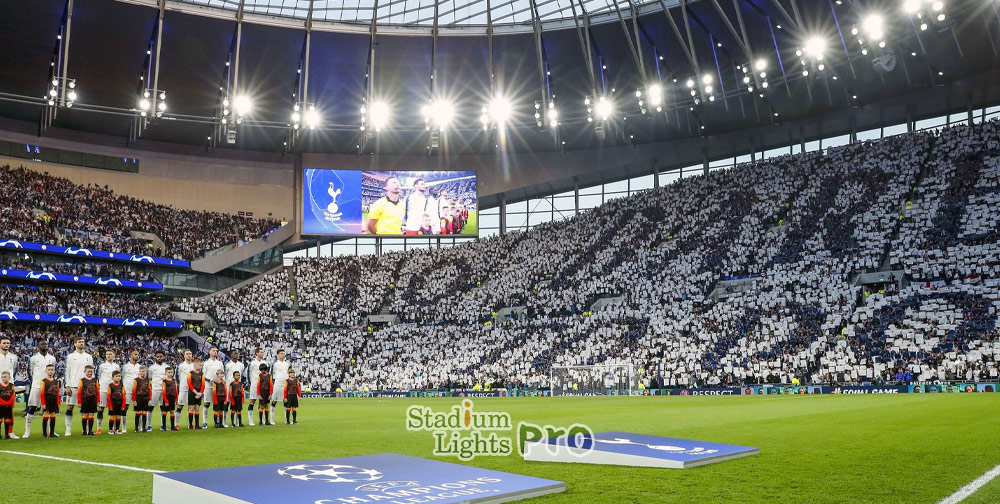
There are several types of lights that can be used for a rugby pitch, including metal halide lamps, LED lights, high-pressure sodium lamps, and floodlights. We need to choose the right type of lights based on your specific needs and budget.
Factors to consider include the size of the field, the intensity of the light required, and the overall cost of the lighting system.
How do I maintain my rugby pitch lighting system?
Proper maintenance is essential to ensure that your rugby pitch lighting system is in good working order. This includes regularly inspecting the lights and fixtures for damage, cleaning the lenses, and replacing any broken or malfunctioning parts.
How do I troubleshoot problems with my rugby pitch lighting?
If you are experiencing problems with your rugby pitch lighting, the first step is to check for any visible damage to the lights or fixtures. You should also check the electrical connections to ensure that everything is properly wired. If the problem persists, it may be necessary to call a professional electrician for assistance.
How do I calculate the number of lights needed for my rugby pitch?
The number of lights needed for a rugby pitch will depend on the size of the field, the intensity of the light required, and the overall layout of the lighting system. A lighting designer or engineer can help you calculate the number of lights needed based on these factors.
Can LED lights be used for a rugby pitch?
Yes, LED lights can be used for a rugby pitch. LED lights are a popular choice for sports stadiums and playing fields because they offer several advantages over traditional lighting technologies. For example, LED lights have a longer lifespan and use less energy, which can help reduce operating costs. They also have a faster on/off response time, which can be helpful for television broadcasts.
Additionally, LED lights are able to produce a wider range of colors, which can be used for special events or to highlight specific areas of the field. However, it’s worth noting that LED lights may require a larger upfront investment compared to traditional lighting technologies.
How do I choose the right lighting fixtures for my rugby pitch?
When choosing lighting fixtures for your rugby pitch, consider the size of the field, the intensity of the light required, the type of lights being used, and the overall design of the lighting system. You should also consider the durability and maintenance requirements of the fixtures, as well as their cost.
How do I ensure that my rugby pitch lighting meets safety standards?
The rugby pitch lighting should meet all necessary safety standards to protect players, coaches, and spectators. This includes following local codes and regulations and consulting with a lighting designer or engineer to ensure that the lighting system is properly designed and installed.
Can I upgrade my existing rugby pitch lighting system?
Yes, it is often possible to upgrade an existing rugby pitch lighting system. This may involve replacing outdated fixtures with newer, more energy-efficient models, adjusting the placement of the lights, or adding additional lights to improve the illumination level. A lighting designer or engineer can help you assess your current lighting system and recommend improvements.
How can I reduce the operating costs of my rugby pitch lighting system?
There are several ways to reduce the operating costs of your rugby pitch lighting system:
- Choose energy-efficient lights, such as LED or metal halide lamps
- Use occupancy sensors or timers to turn the lights off when they are not needed
- Regularly maintain the lighting system to ensure that it is operating efficiently
- Replace outdated fixtures with newer, more energy-efficient models
- Consider using solar panels or other renewable energy sources to power the lighting system
By implementing these strategies, you can reduce the operating costs of your rugby pitch lighting system and save money over time.
How do I design a rugby pitch lighting system that minimizes shadowing?
Shadowing can obstruct the view of players and cause accidents on the rugby pitch. To minimize shadowing, it is necessary to carefully consider the placement of the lights. The lights should be positioned in such a way that they evenly illuminate the field and do not create shadows that can obscure the view of players.
We also need to choose lights that are the right intensity and have the proper beam angles to evenly distribute the light across the field. A lighting designer or engineer can help you design a lighting system that minimizes shadowing.
Can I install a rugby pitch lighting system myself?
Installing a rugby pitch lighting system can be a complex and dangerous task, as it involves electrical work and the installation of heavy fixtures. It is highly recommended to hire a professional lighting designer or electrician to design and install the lighting system. They will have the necessary expertise and equipment to safely and properly install the lighting system.
Conclusion
LED lighting, or light-emitting diode lighting, has become increasingly popular in sports facilities, including rugby pitches. LED lighting offers a number of benefits compared to traditional lighting systems, including energy efficiency, cost savings, improved viewing and safety, and a longer lifespan. The energy efficiency of LED lighting can result in significant cost savings for sports facilities, as well as a reduced carbon footprint. LED lighting can also improve the viewing experience for players and spectators by providing a bright, evenly-lit playing surface, as well as the ability to be easily adjusted and controlled.
If you are considering upgrading your rugby pitch lighting to LED, we would be happy to help! We offer free LED lighting design services to assist you in planning and implementing your lighting upgrade. Our team of experts will work with you to design a lighting system that meets your specific needs and budget. Don’t hesitate to contact us to learn more about how LED lighting can benefit your rugby pitch. We look forward to helping you make the switch to energy-efficient, cost-saving, and high-quality LED lighting!

